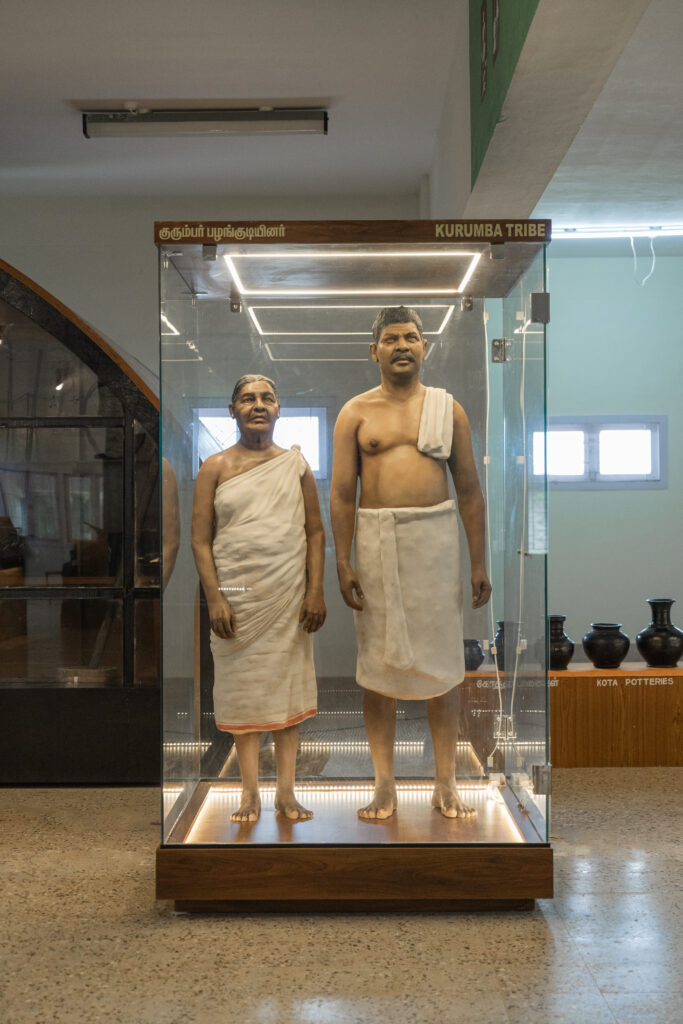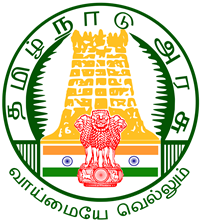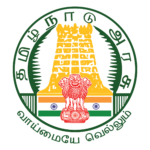Ethnographic Profile of Kurumba
 Origin and Geographical Spread:
Origin and Geographical Spread:
The KURUMBA or KURUMBAS are found in the southern past of India in the states of Tamil nadu and Kerala. The Kurumbas are descendants of ancient Pallavas who were scattered over Nilgiris, Wayanad and Mysore, after a Chola onslaught in about 7th or 8th century A.D. The kurumbas in Nilgiris district are divided into five sub-groups. They are Alu Kurumbas, Betta Kurumbas, Jenu Kurumbas, Mullu Kurumbas and Urali Kurumbas. Alu Kurumbas are exclusively living in the taluks of coonoor, Kotagiri and kundah; Betta kurumbas are living along with Jenu kurumbas in the taluk of Gudalur whereas Mullu kurumbas and urali kurumbas are living exclusively in Pandalur taluk. Only those living in the Nilgiri District of Tamil nadu are included in the list of the Scheduled Tribes.
Physical Character:
The Kurumba are a medium built people of dark complexion. Their average height is 154cm and weight of 50kg (male) and height of 142 cm and weight of 40kg (female). They are often dolichocephalic to mesocephalic, possessing mesorrhine noses with mesoprosopic faces.
Language:
They have their own dialect, which they speak among themselves. They speak Tamil with outsiders and use the Tamil script.
Specific tradition and custom:
The Kurumba celebrate only a few festivals. Kurumba Thai Abba (festival of the chief deity), koil thiruval (mariamma festival) and sankranti (ancestral worship). Kurubad thai festival and koil thiruval are celebrated to appear for good rain, for the eradication of diseases and for the welfare of the people. The Kurumba specialize in basket- making, broom making and tattooing.
Art and Music:
Their oral tradition consists of folk songs and folk tales. They play on instruments such as the peeka (bellower) and arkol and jalara (both wind instruments).
Food System:
The kurumba are occasional non-vegetarians, who eat pork. Their consumption of meat has come down and has been forced to turn to locally grown or available vegetables. They consume vegetables moderately, wild roots and tubers in plenty and fruits of the forest, seasonally. They take milk products occasionally and groundnut oil is used for cooking. Their staple food is rice, supplemented by ragi.
Primary Economic Activity:
The major economic resource of the Kurumba is the forest. The Government restrictions on collection of minor forest produce and hunting animals, their traditional occupation had suffered and the Kurumba are left with no other choice but to accept land as their main resource other than cultivation, they have also taken to wage labor in nearby tea and coffee estates.
Special Characteristics:
Literacy and education levels among the Kurumba are very poor. The Kurumba children do not seem to go beyond the secondary school level for reasons of poverty. The Kurumba use both modern and traditional Medicare. Some of the Kurumba have obtained welfare measures launched by the Government. Their self employment is only in basketry.


